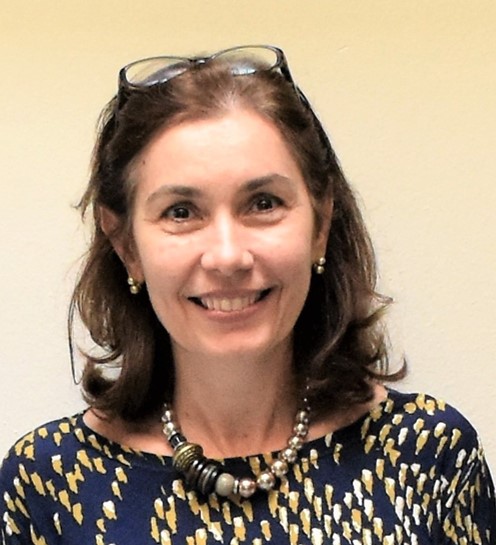Project title: New models to study neuroendocrine tumors
Patricia Dahia, MD, PhD The University of Texas Health Science Center at San Antonio

- Status: Completed
- Year(s): 2020
- Grant Type: Investigator
- Research Type: Translational
- Primary Tumor Site: Para/Pheo
- Area of Inquiry: Models
- Article/Video: Click Here
- Also seen in September 2021 eUpdate
Description
Dahia will develop new three-dimensional, organ-like systems (called organoids) to reproduce pheochromocytomas and paragangliomas in the laboratory. These rare NETs lack appropriate disease models for research and this has slowed the progress in discovering new treatments. Treatment options are currently limited for patients who have metastatic pheochromocytomas and paragangliomas. Dahia and her colleagues will develop these tumor models to study their biology, development, and progression, and to explore whether they may also be amenable to drug testing.
What question will you try to answer through your research?
Little is understood about the process of malignant transformation of pheochromocytomas/paragangliomas and few treatments are available for tumors that have metastasized. My research addresses these two important gaps in the field.
Why is this important?
Currently, malignant pheochromocytomas/paragangliomas can be identified only after they metastasize. Once diagnosed, there are few therapeutic options available for patients. In part, these knowledge gaps reflect the lack of appropriate study models.
What will you do as part of this research project?
My colleagues and I will establish and refine organoid culture conditions that maintain the properties of the original pheochromocytoma/paraganglioma, regardless of their genetic background. We will also optimize the conditions for screening drugs on these cultures.
How might your research improve the treatment of NETs?
If we can develop better models of pheochromocytomas/paragangliomas, we may uncover biomarkers of tumor aggressiveness and drug sensitivity. The models represent a resource that can be used to expand research into these rare tumors.
What is your next step?
If successful, our model will expand the pheochromocytoma/paraganglioma organoid bank to represent the genetic and clinical variability of these tumors, enabling us and other researchers to better understand the biology of these tumors. The models may also illuminate how the tumors may respond to drug testing that may lead to future clinical trials.
Outcomes:
Our project has developed protocols to process and handle surgical samples and develop viable tumor organoids from the rare neuroendocrine tumors pheochromocytomas or paragangliomas. We generated organoids from ten separate tumors of distinct clinical and genetic origins and from patients of different ethnicity (50% Hispanic), demonstrating the feasibility of this study over a broad spectrum of tumors. We showed that these organoid cultures resemble the original tumor from which they were derived by retaining similar cellular features and protein expression. We have also demonstrated that these properties are preserved in both short-term and long-term cultures. We showed that the organoids maintain their original ability to produce hormones catecholamines, typically detected at high levels in patients with these tumors, demonstrating that these models faithfully reproduce the original patient tumors. We performed a drug screening of these organoids (30 drugs/drug combinations) and show that tumors have individually distinct response profile over several tested drugs, which may be useful for treatment selection. We have been able to test the flexibility of this process by establishing organoids of tumors that were collected and frozen using distinct protocol, indicating that we may be able to expand this study to a broader number of tumors.
Additional Details
- City: San Antonio
- State: Texas
- Country: United States
- Grant Duration: 2 years
- Awards: Investigator
DISCLAIMER
NETRF funds laboratory research to understand the development of neuroendocrine tumors and translational research to explore new concepts in treatment. Research grant descriptions and research updates from NETRF are not intended to serve as medical advice. It can take years for research discoveries to be fully validated and approved for patient care. Always consult your health care providers about your treatment options.
